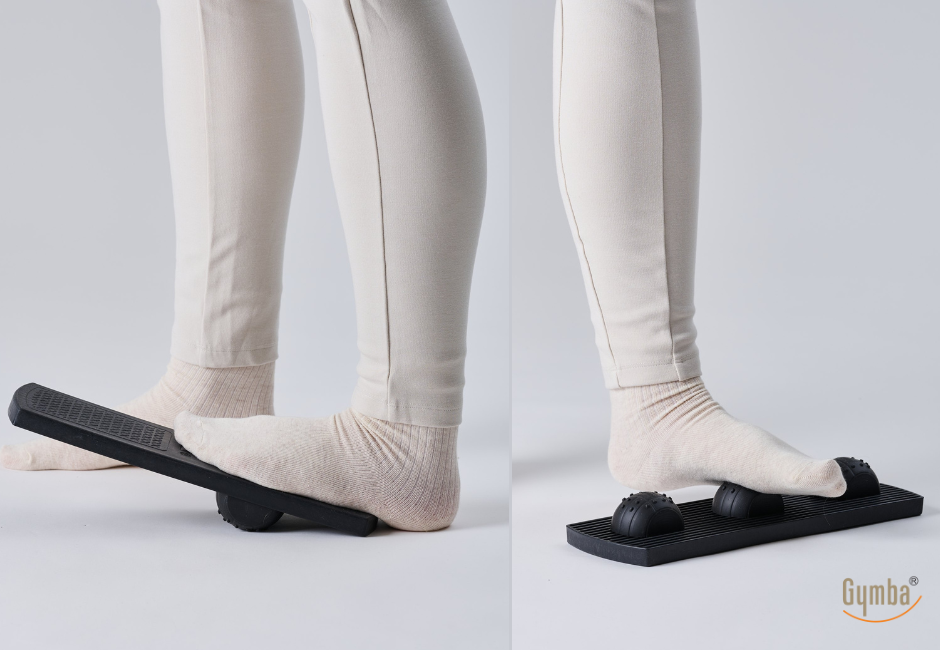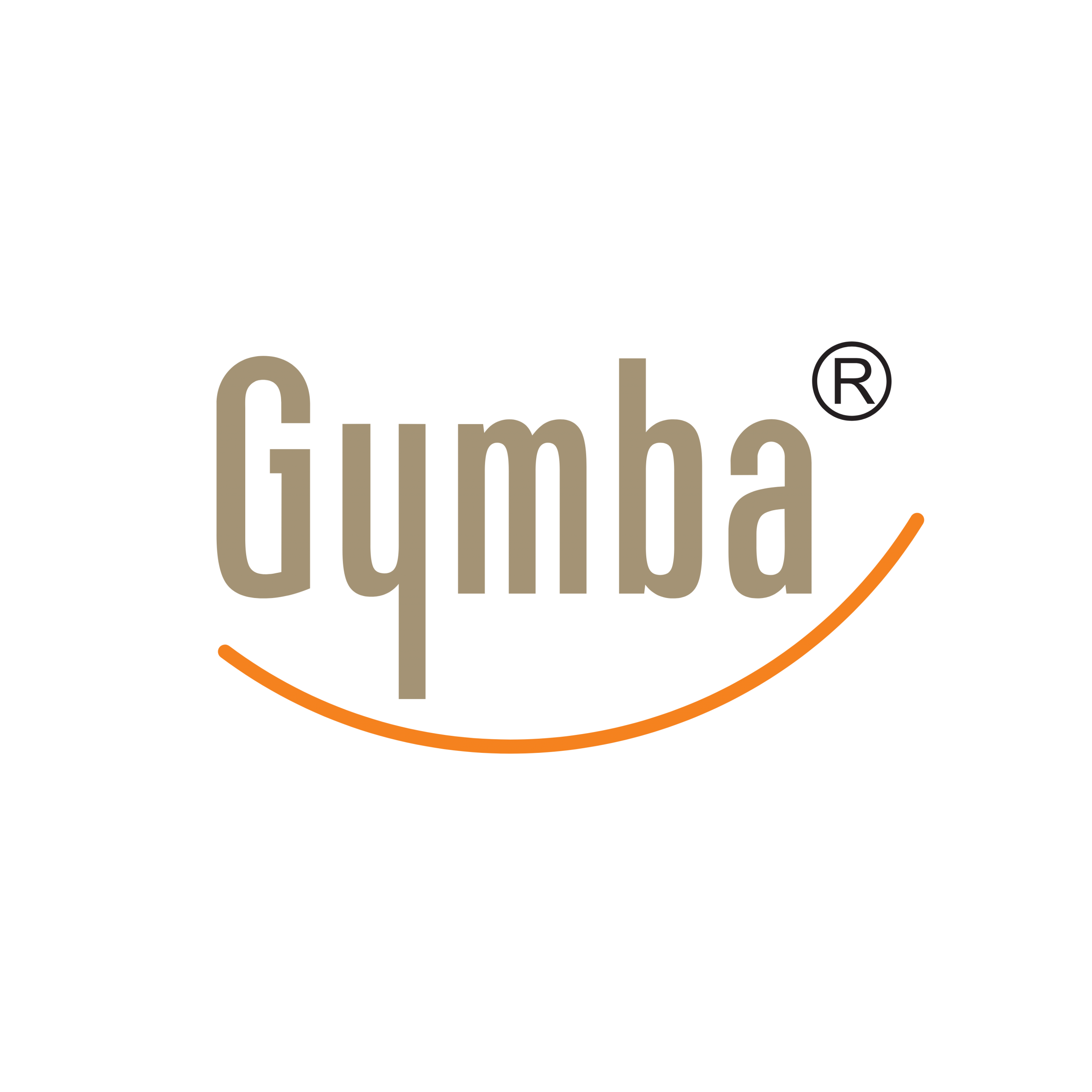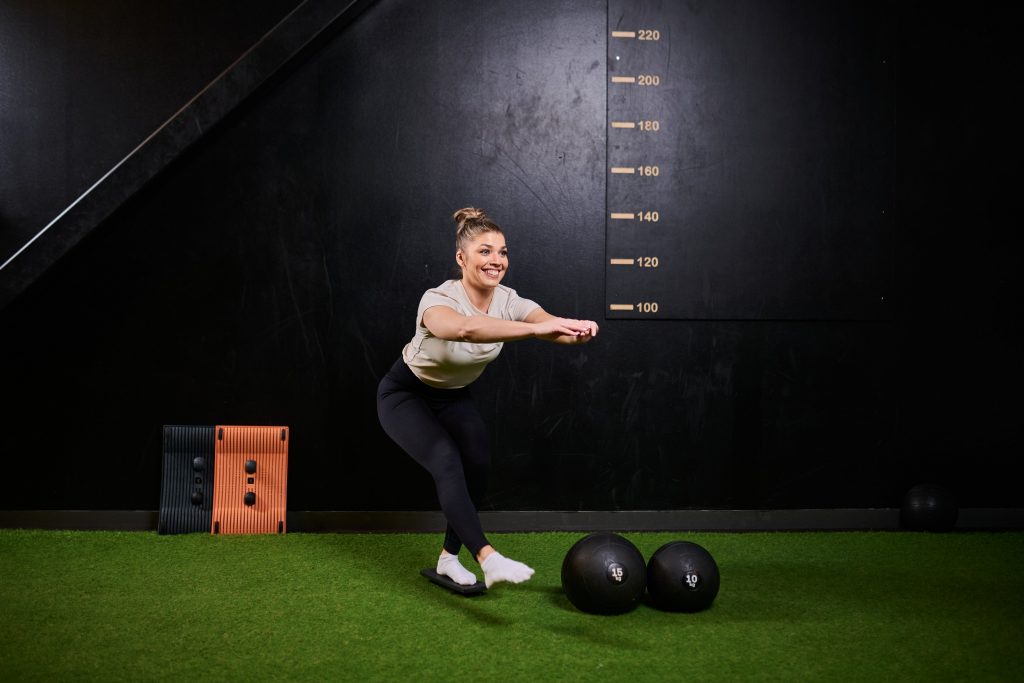For athletes who demand peak performance, calf flexibility isn’t just a bonus—it’s essential. Runners, cyclists, and dancers rely heavily on their lower legs for power, endurance, and precision. Yet many training regimens overlook proper calf care, leading to decreased performance and increased injury risk. The right stretching routine can make all the difference, especially when combined with effective tools that enhance flexibility training.
Why calf flexibility is crucial for runners, cyclists, and dancers
The calf muscles—gastrocnemius and soleus—play distinct but critical roles across different athletic disciplines. For runners, flexible calves act as shock absorbers, reducing impact forces that travel up the kinetic chain. Tight calves often lead to Achilles tendonitis, plantar fasciitis, and even shin splints—common injuries that can sideline athletes for weeks.
For cyclists, calf flexibility directly impacts pedal stroke efficiency. Limited ankle mobility from tight calves restricts the natural pedaling motion, reducing power output and increasing fatigue during longer rides. This restriction can lead to compensation patterns that stress the knees and hips.
Meanwhile, dancers rely on exceptional calf flexibility for fundamental movements like relevés, pointing the feet, and achieving proper alignment. Limited calf mobility not only diminishes aesthetic quality but significantly increases injury risk during jumps and landings.
Across all three disciplines, proper calf flexibility creates a foundation for efficient movement patterns, optimal force transfer, and injury resilience. When these muscles can move through their full range of motion, performance improves and injury risk decreases substantially.
Essential calf stretching techniques for athletic performance
Effective calf stretching combines both static and dynamic approaches to address the multiple muscle groups in the lower leg:
Static stretches for deep tissue release:
- Wall calf stretch: Position yourself arm’s length from a wall, one foot forward and one back. Keeping your back leg straight and heel down, lean forward to feel the stretch in your upper calf.
- Bent-knee calf stretch: Similar to the wall stretch, but with the back knee slightly bent to target the deeper soleus muscle.
- Step stretch: Using a step or curb, place the ball of your foot on the edge with your heel hanging off, then gently lower your heel below the step level.
Dynamic movements for functional flexibility:
- Ankle circles: Rotate each foot in clockwise and counterclockwise directions to improve ankle mobility.
- Calf raises with slow lowering: Rising onto your toes then slowly lowering over 3-5 seconds.
- Walking on toes/heels: Alternating between walking on toes and heels to activate both the anterior and posterior lower leg muscles.
For runners, focus on heel-drop stretches and ankle mobility exercises that mimic the running gait. Cyclists benefit most from stretches that improve ankle dorsiflexion, enhancing pedal stroke efficiency. Dancers should emphasize point-and-flex exercises alongside deep soleus stretches to support technical movement requirements.
How the Gymba Balance Board MINI enhances calf stretching
The Gymba Balance Board MINI elevates calf stretching routines through its unique design features. When the board is angled, it creates an optimal stretch position that’s difficult to achieve on flat ground, allowing for deeper tissue engagement while maintaining proper alignment.
What sets the Balance Board MINI apart is how it combines balance training with stretching. This dual-focus approach actively engages the stabilizing muscles in the lower leg while stretching the larger muscle groups. The result is not just passive flexibility but functional strength throughout the entire range of motion.
To use the board effectively for calf stretching:
- Place the board on a non-slip surface
- Position the ball of your foot on the raised edge, allowing your heel to lower toward the ground
- Maintain alignment with your knee tracking over your toes
- Hold the stretch position while simultaneously engaging your balance muscles
For beginners, start with the board placed near a wall or sturdy surface for support. Advanced users can perform the stretches without support, increasing the balance challenge and engagement of stabilizing muscles.
5 targeted stretching routines using the Balance Board MINI
Beginner’s Foundation Routine (5-7 minutes):
- Basic calf stretch: 30 seconds per leg, 3 sets
- Gentle ankle circles on the board: 10 in each direction
- Supported heel drops: 10 slow repetitions per leg
Athlete’s Intensive Routine (10-12 minutes):
- Deep calf stretch with board at maximum angle: 45 seconds per leg, 4 sets
- Single-leg balance holds while stretched: 30 seconds per side
- Alternating dynamic calf raises on and off the board: 20 repetitions
Pre-Performance Activation (3-5 minutes):
- Gentle dynamic stretches using the board: 20 seconds per leg
- Ankle mobilization with circular movements: 20 seconds each direction
- Alternating heel raises with toe points: 12 repetitions
Recovery-Focused Routine (8-10 minutes):
- Long-hold gentle stretches: 60-90 seconds per position
- Foot massage using the board’s massage points: 2 minutes per foot
- Slow controlled ankle movements: 10 repetitions with 5-second holds
Rehabilitation Sequence (for injury recovery, under professional guidance):
- Gentle weight-bearing stretches with support: 30 seconds, 2-3 sets
- Progressive balance exercises: starting with 10 seconds, building duration
- Controlled strength work through partial ranges: 8-12 repetitions
Beyond stretching: complete lower leg care with the Balance Board MINI
The Gymba Balance Board MINI offers comprehensive lower leg conditioning beyond just stretching. When turned upside down, the board’s textured massage points provide targeted acupressure for the feet. This feature helps release tension in the plantar fascia—the connective tissue running along the bottom of your foot that directly affects calf function.
Regular use of these fixed massage points can:
- Release trigger points in foot muscles
- Improve circulation to aid recovery
- Reduce plantar fasciitis symptoms
- Enhance the mind-body connection with the feet
The board also excels as a balance training tool. Regular balance exercises strengthen the small stabilizing muscles in the ankles and feet, creating a solid foundation for athletic movement. Try single-leg stands on the board, progressing from 15 seconds to 60+ seconds as stability improves.
For complete lower leg maintenance, integrate all these elements into your weekly routine:
- Stretching sessions (2-3 times weekly)
- Balance training (3-5 minutes daily)
- Foot massage/acupressure (5 minutes, 2-3 times weekly)
This comprehensive approach addresses the entire kinetic chain from feet through calves, establishing the foundation that runners, cyclists, and dancers need for peak performance. By making the Gymba Balance Board MINI part of your regular training regimen, you’ll develop the flexibility, stability, and resilience needed for your athletic pursuits.


